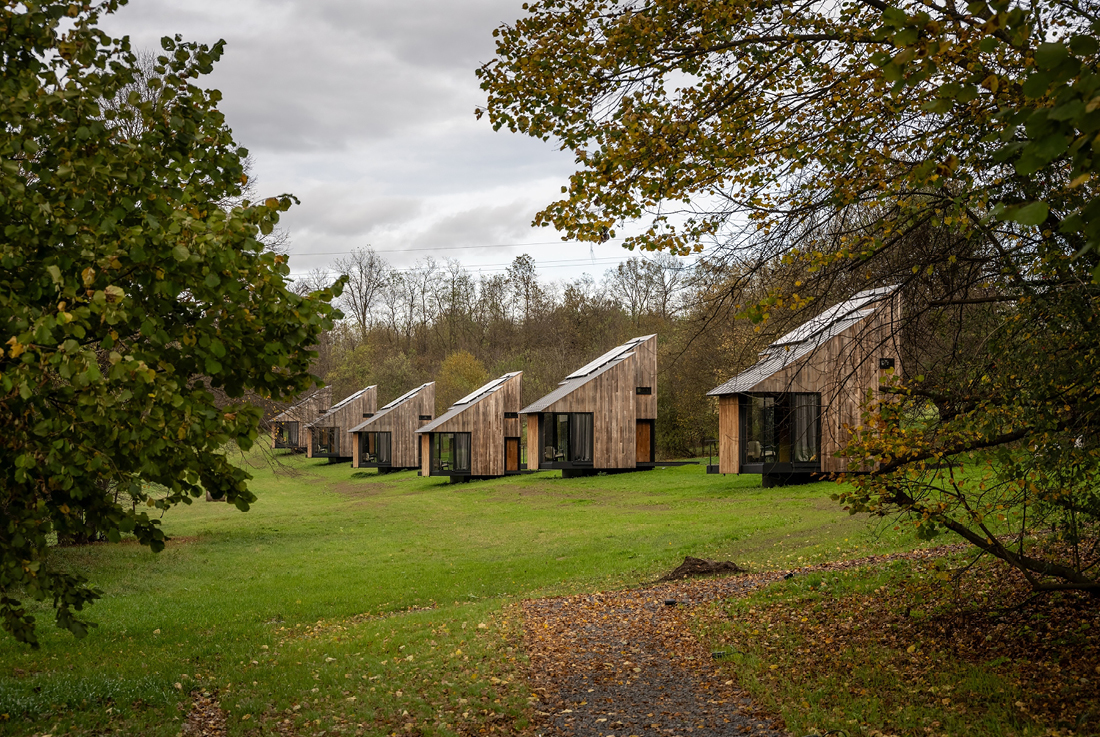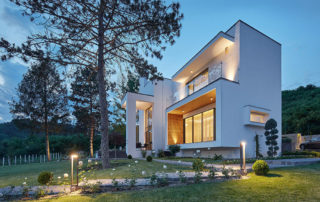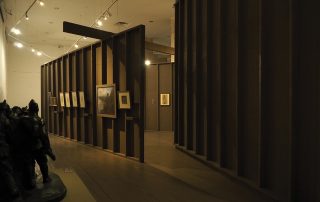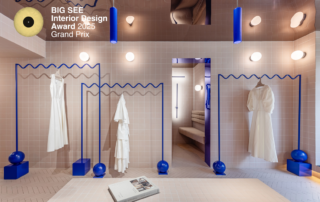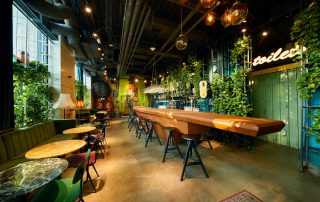What is the relationship with the landscape for someone who lives in it, compared to someone for whom it serves as a source of physical, mental, or even spiritual refreshment – or the preservation and strengthening of health, which encompasses all these aspects? The difference is fundamental.
The former – like Henry David Thoreau in his one-room forest dwelling – lives a complete life within the space that is both a physical and spiritual home. The latter is merely a guest in the landscape. The home of the former exists in harmony with all the necessary activities and rhythms of life, whereas the home of the latter accommodates only fragments of life, offering comfort without effort. The former inhabits and cultivates the landscape; the latter admires merely its idea.
The most telling element, perhaps, is the fire – or the fireplace – its presence or absence. For the former, even the smallest home must include it as an essential part of daily life. For the latter – as in the seven Kástus in Keserűszer – it is deliberately omitted. This omission is not solely for practical or economic reasons, or to minimize operational risks, but rather to draw attention to its absence. These houses, though serving real needs, seem built around this absence – whether the decision was conscious or quietly intuitive.
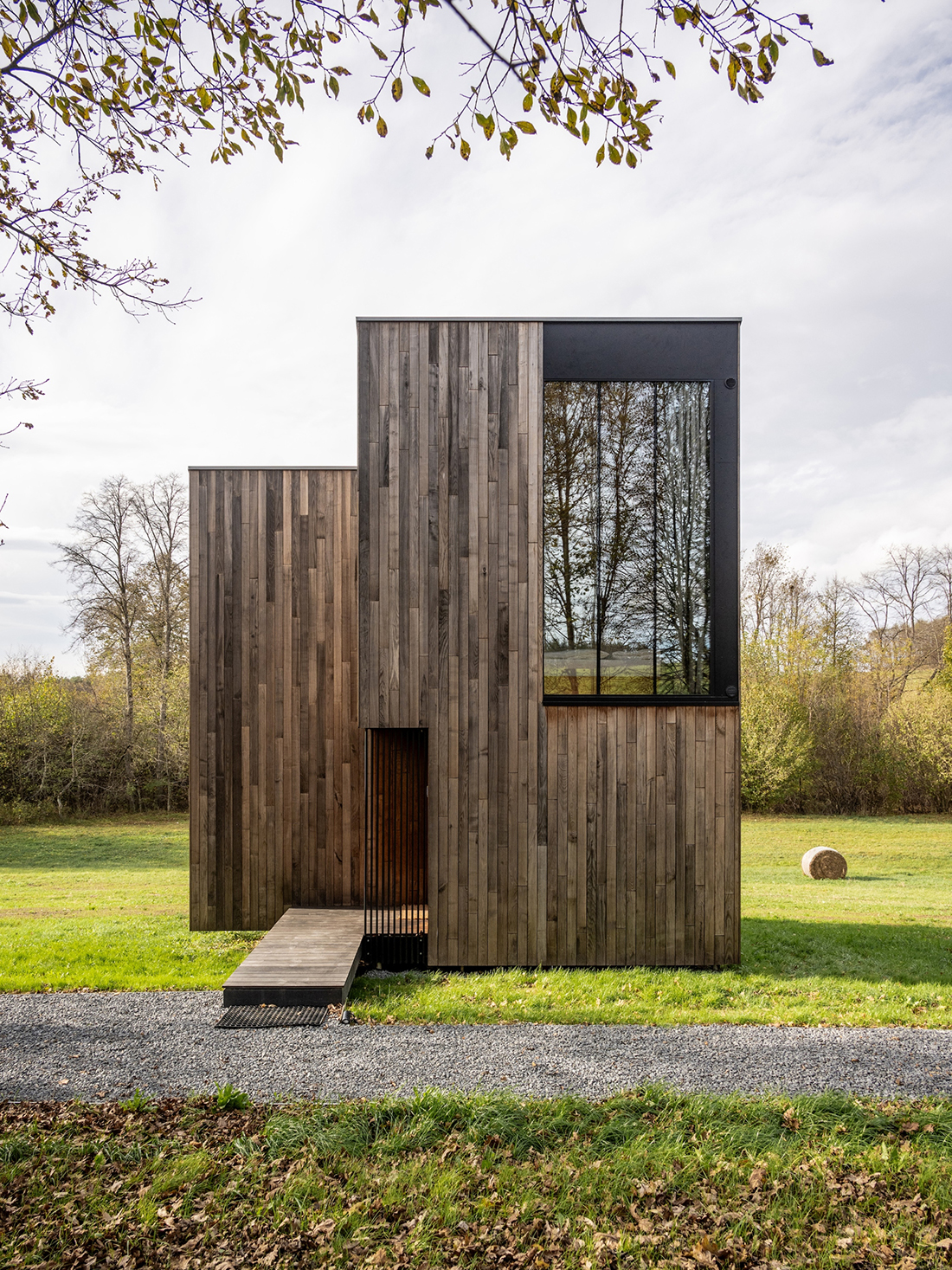
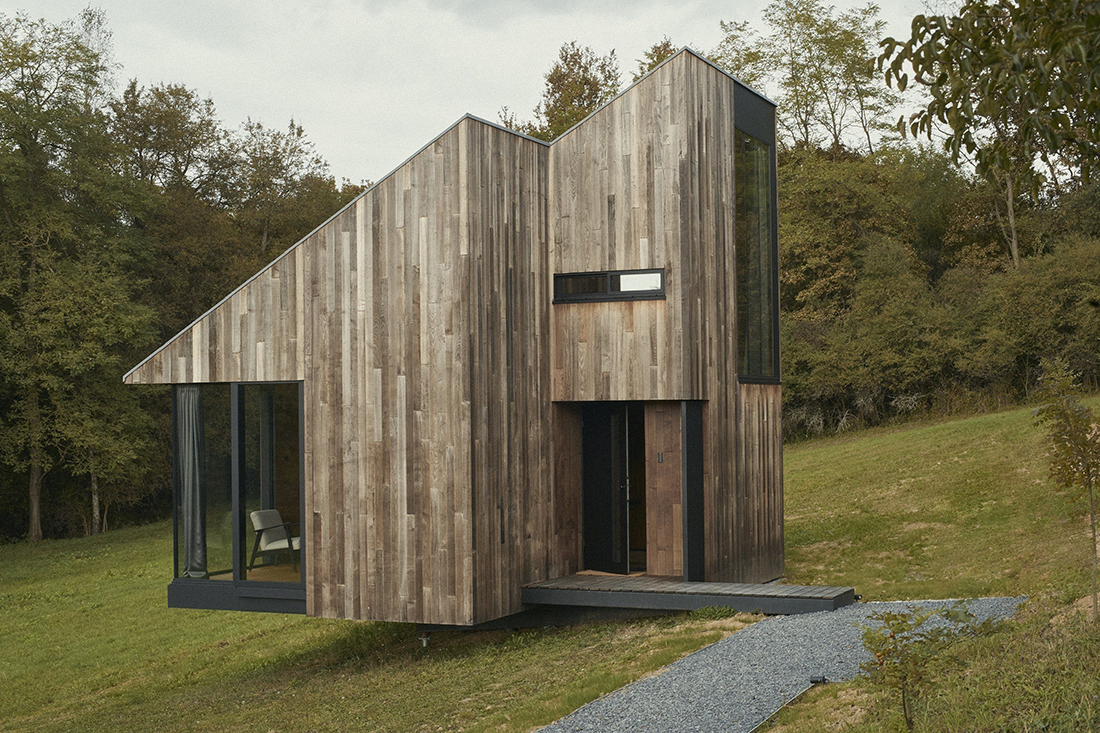
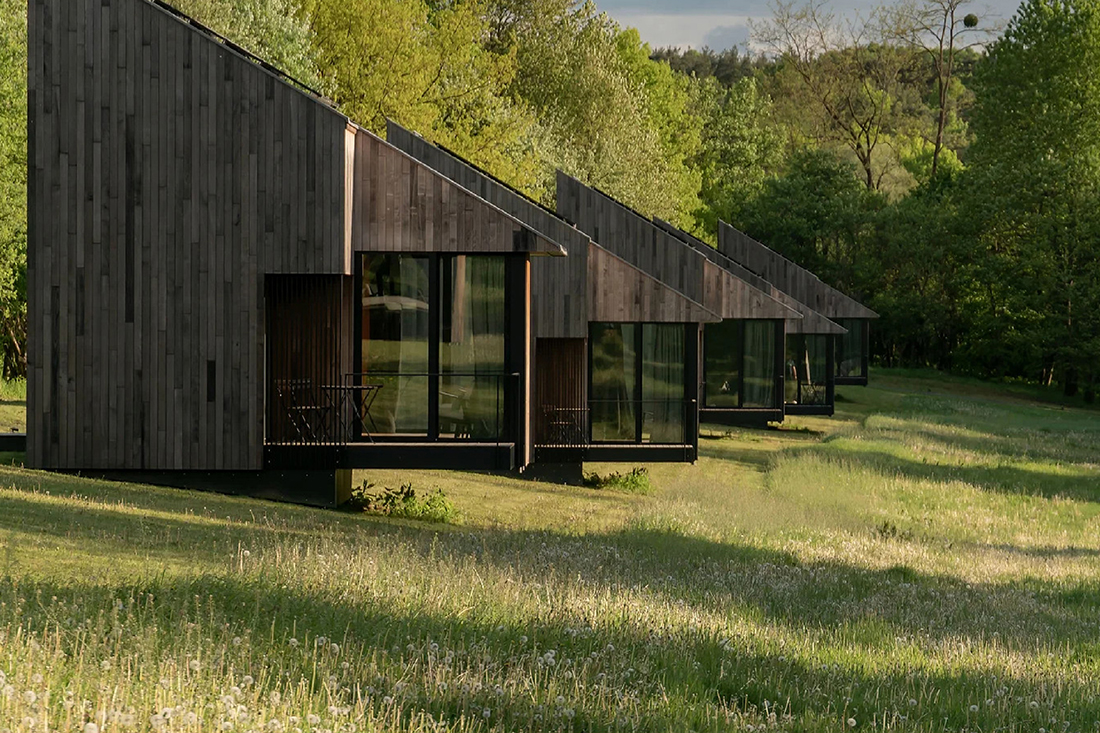
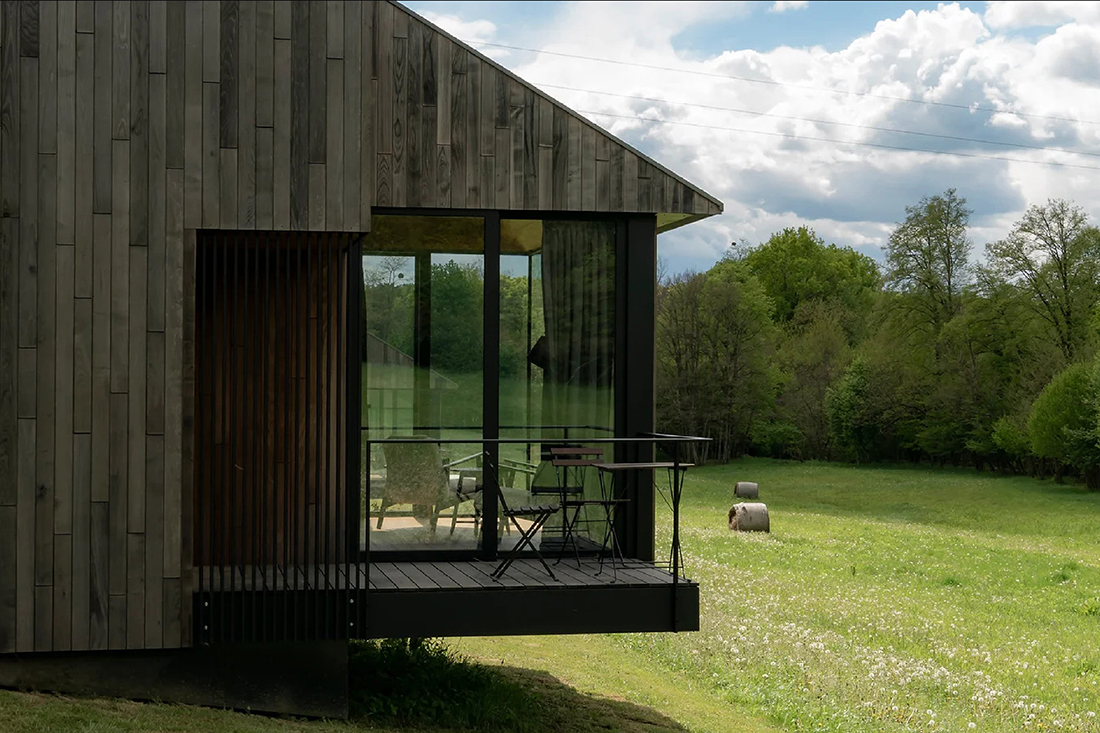
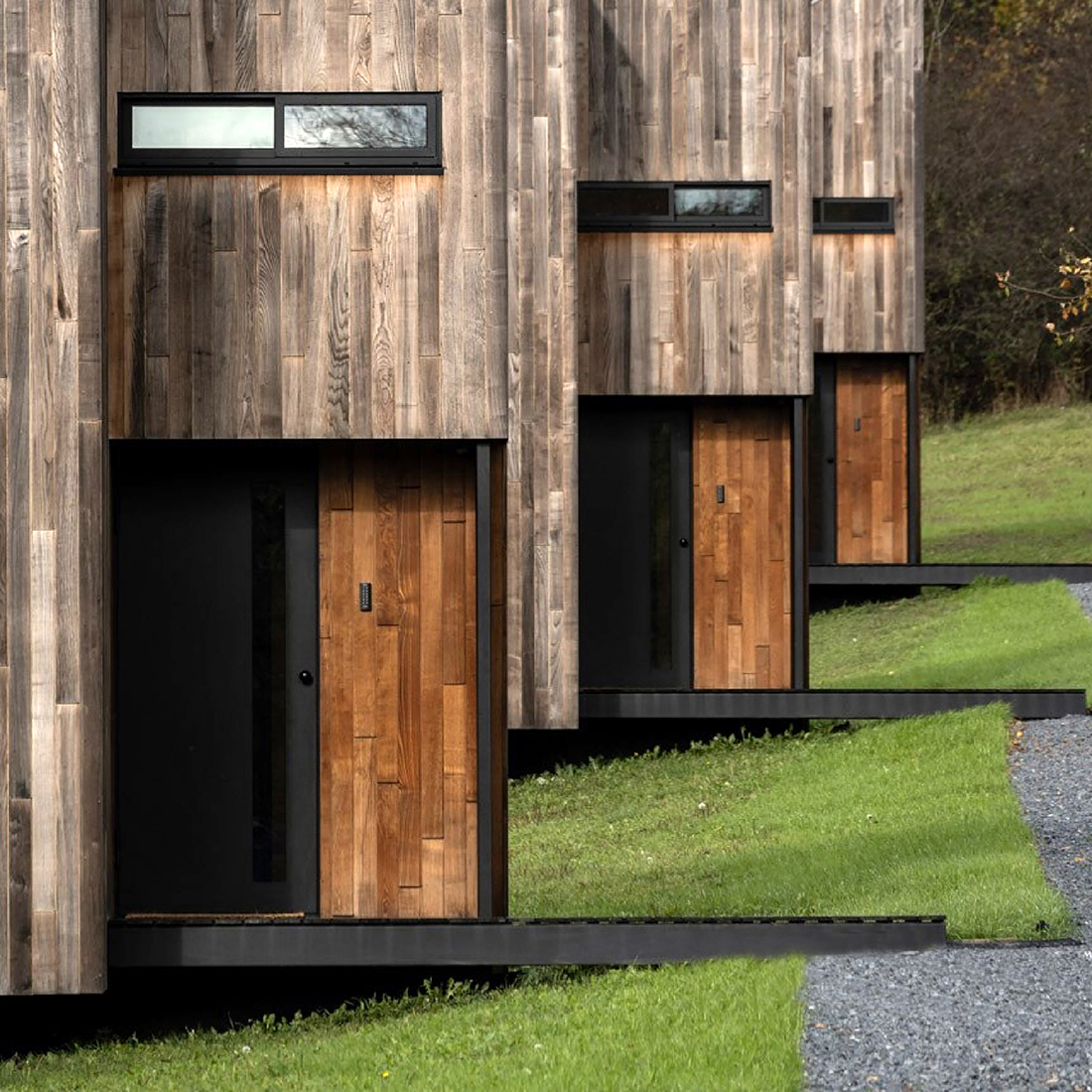
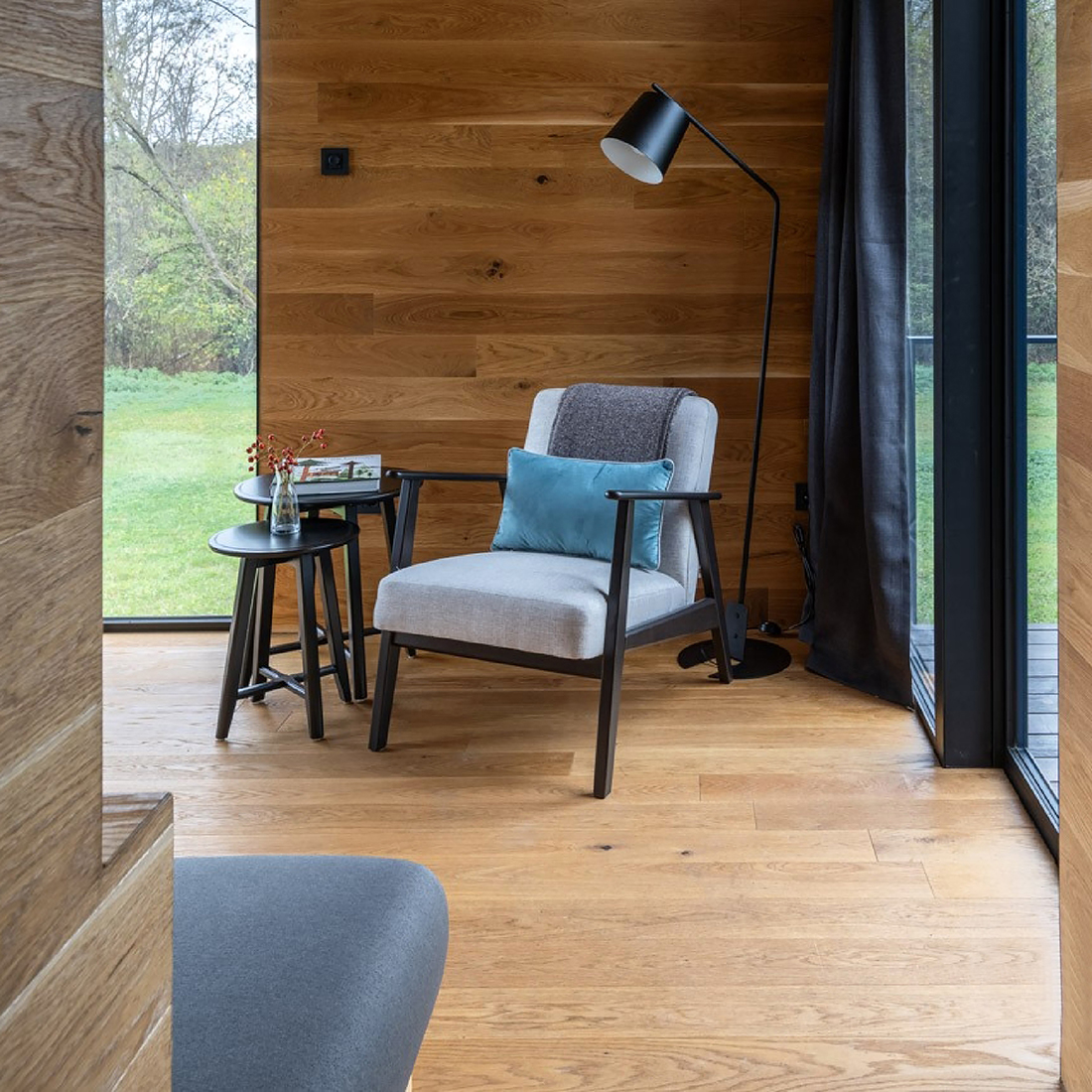
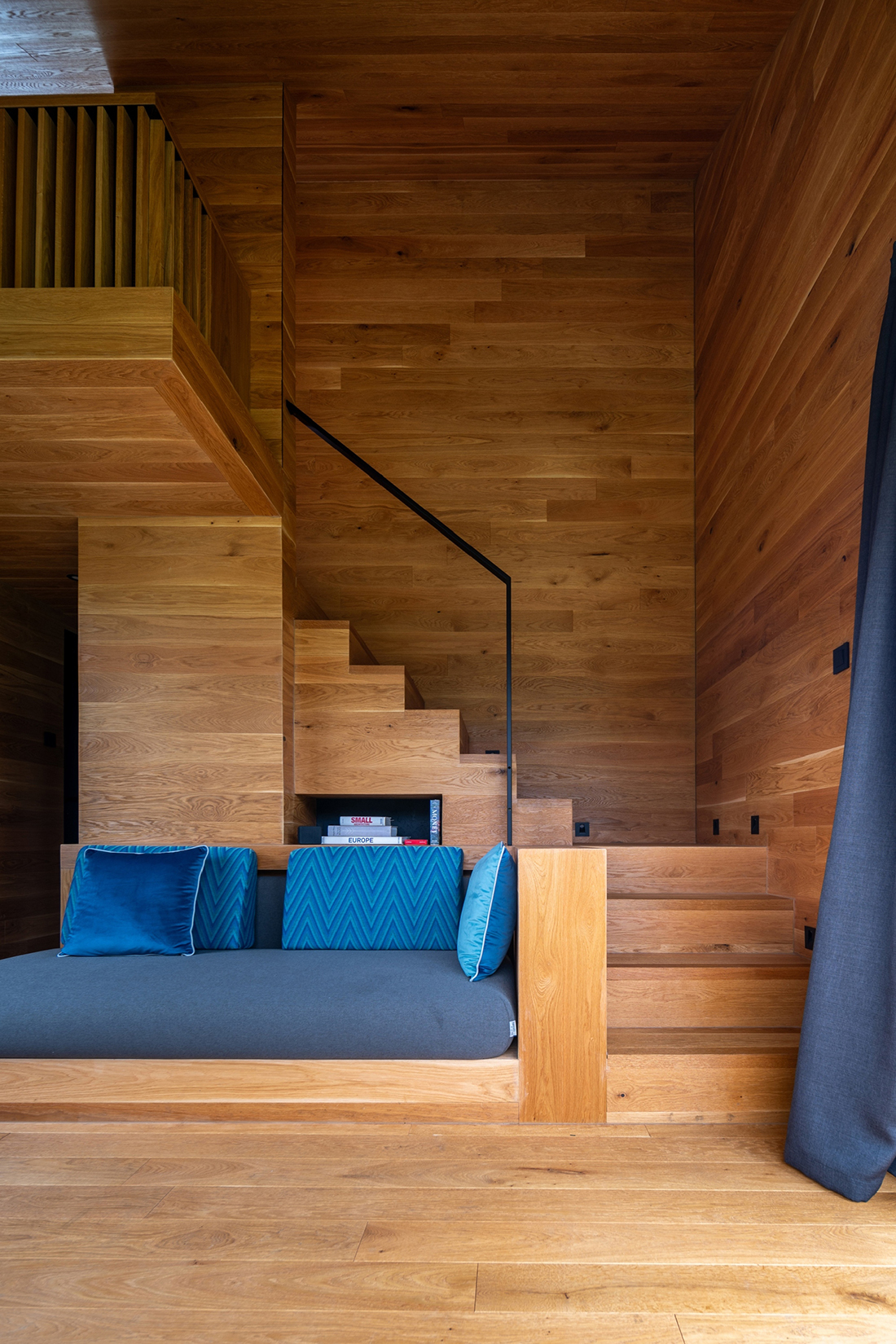
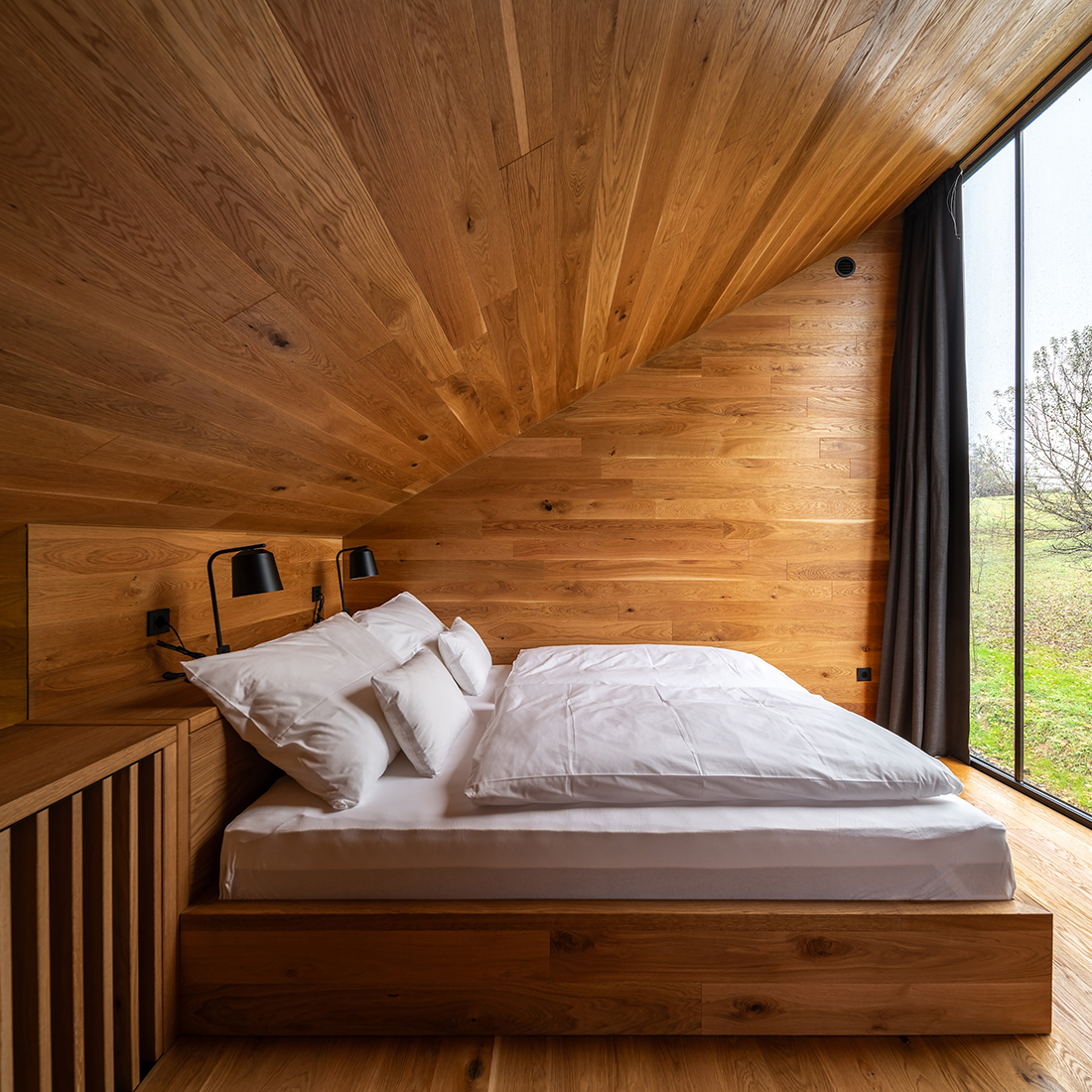
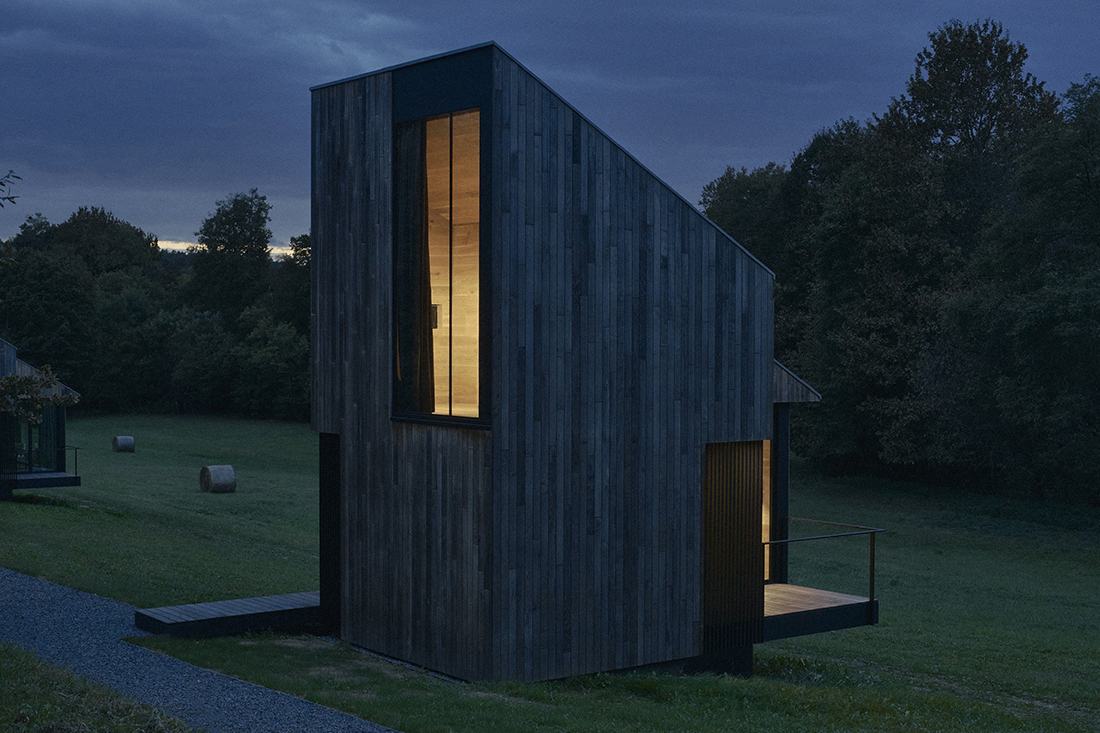
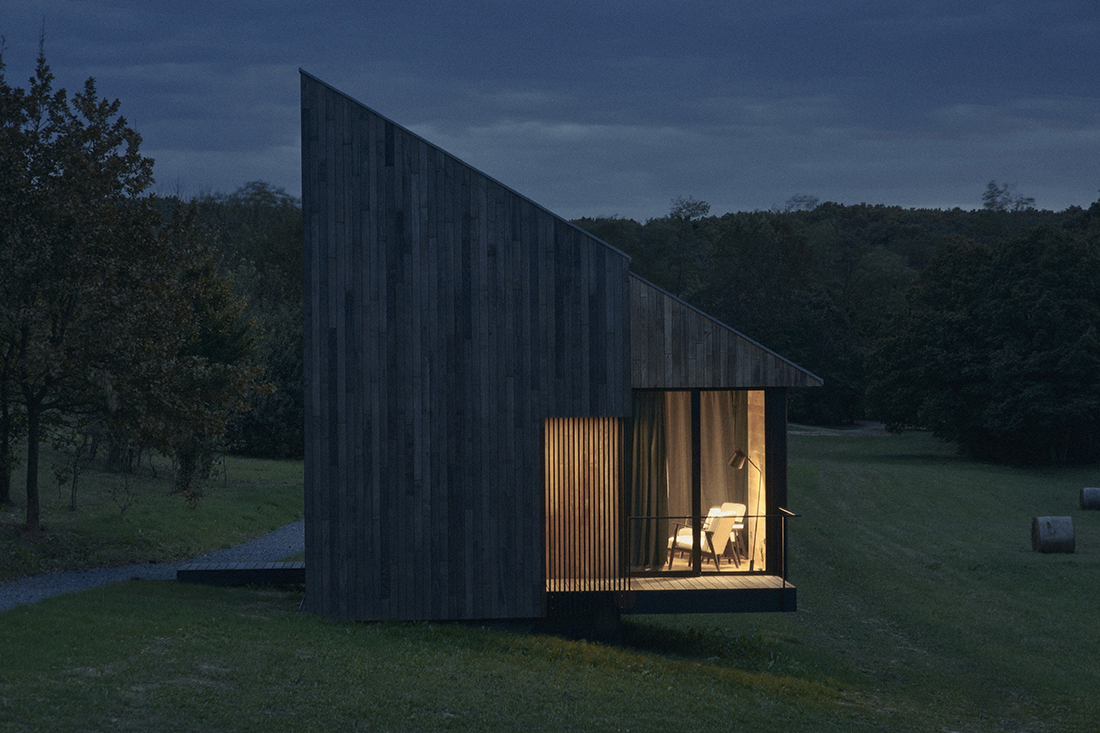

Credits
Architecture
MoHa Architecture and Art; Gábor U. Nagy, Marcell Orova
Client
Kástu Cabin Houses Ltd.
Year of completion
2023
Location
Őriszentpéter, Keserűszer, Hungary
Total area
36 m2
Site area
12.617 m2
Photos
Balázs Máté


